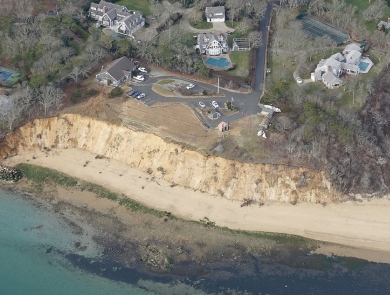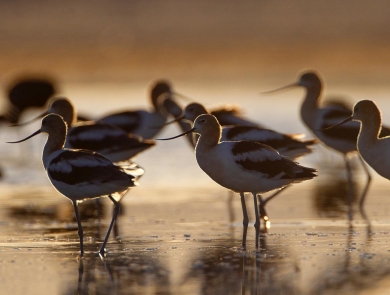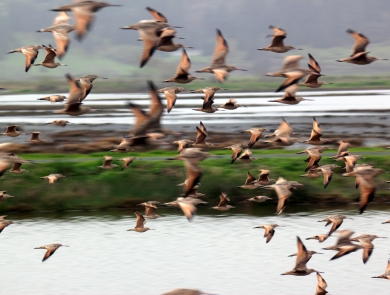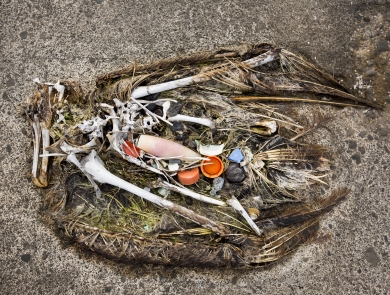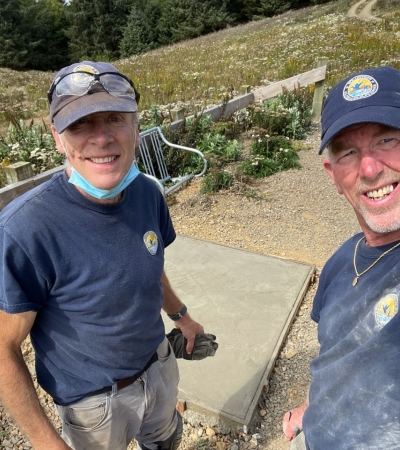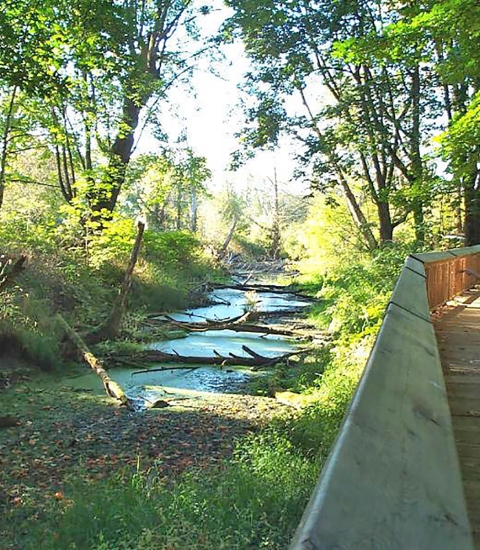Facility
Location
Milepost 32, Hwy 93
Alamo, NV 89001
United States
Volunteer Position Overview
About This Position
Pahranagat National Wildlife Refuge is a wetlands oasis on the northern edge of the Mojave Desert. Preserved for thousands of migratory birds, it is an important nesting ground for the endangered southwestern willow flycatcher. Campground hosts play an important role in informing the public of the refuge’s conservation mission and many recreational opportunities. To learn more about the refuge please visit www.fws.gov/refuge/pahranagat and view our refuge’s film at https://vimeo.com/87545027 .
Duties:
- Greet visitors and provide information about the refuge. Restock brochures throughout the refuge.
- Assist in light, daily cleaning of displays, and restrooms. This includes cleaning pit toilets, fire pits, grills, picking up litter, light maintenance, and light grounds keeping.
- Inform visitors of regulations.
- Record visitation.
- Be available to assist with special events and interpretive programs.
- Occasionally fill in at visitor center when other staff are not available.
- Drive a refuge vehicle.
- Wear U.S. Fish & Wildlife Service volunteer’s uniform.
If desired, volunteers may also have the opportunity to assist with other refuge duties such as hosting at the visitor center front desk, removing invasive weeds, and participating in special events.
Requirements: The Campground Host position requires a commitment of 24 hours per volunteer per week. (We are currently seeking hosts for September 2024.
When applying, please provide contact information for three references. Two references should be professional. If applying as couple, please provide both applicant names.
Duties/Activities
Stories About Volunteering
Other Ways to Work with Us
Are you looking for something different than a volunteer opportunity? The Fish and Wildlife Service employs around 9,000 people nationwide and offers great internship opportunities every year.
